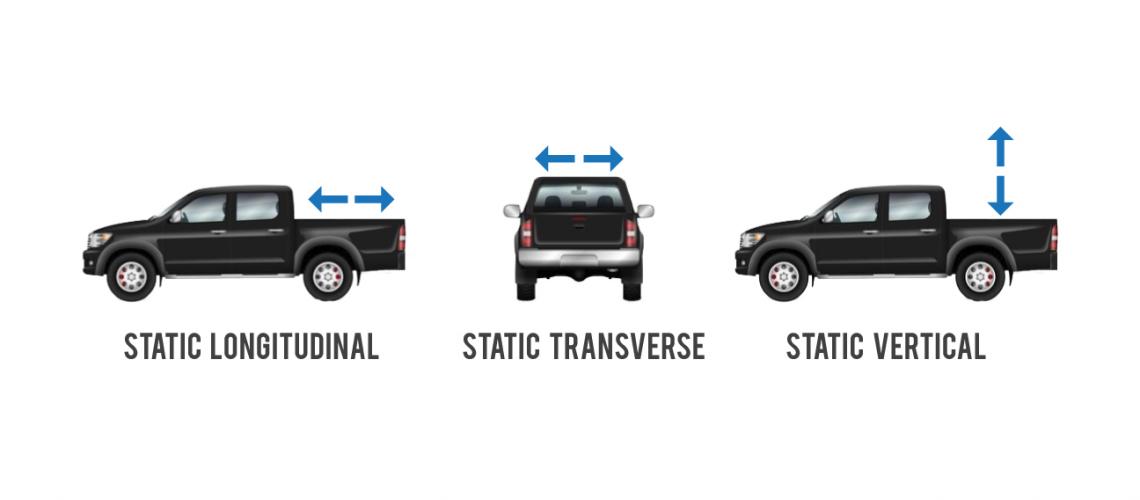Q: What testing standards exist today for gooseneck and fifth-wheel hitches?
A: SAE-J2638 is the standard that establishes the minimum performance criteria for gooseneck and fifth-wheel hitches up to 30,000 lbs. At this stage, the standard is a 'recommended practice' and not a requirement to sell or use a trailer hitch. We feel strongly that anyone towing a gooseneck or fifth-wheel trailer should be using equipment that has been tested to and pass the J-2638 standards. We recommend customers ask before buying.
Q: What does SAE-J2638 require?
A: SAE-J2638 requires hitches to complete nine independent tests without loss of attachment. This means that if the damage occurred while driving, it would not allow the trailer to separate from the truck.
The nine tests include static tests of force against the hitch in six directions and three dynamic tests of 300,000 cycles each. The test allows you to use a different hitch for each test, but B&W requires a single hitch pass the dynamic tests and then also pass the static tests. We think this reflects what happens in the real world. An accident rarely happens when a hitch is brand new, it often happens after years of wear from the road.

How does B&W use the testing data?
Before we ever build a trailer hitch, we model it using CAD software and subject it to the types of forces we know exist in a digital environment using FEA (Finite Element Analysis.) This modeling gives us a really good idea of what we will see on the testing equipment and in real situations.
After the J-2638 testing is complete, we also subject our designs to real world testing by putting them in trucks and putting a lot of miles on them. We’ve been collecting data on how hitches perform for a really long time in various ways. When we see hitches that have been in accidents, it confirms the data that we have. And you bet it’s reassuring to see that hitches perform in real-world situations the way we predicted in the lab.

